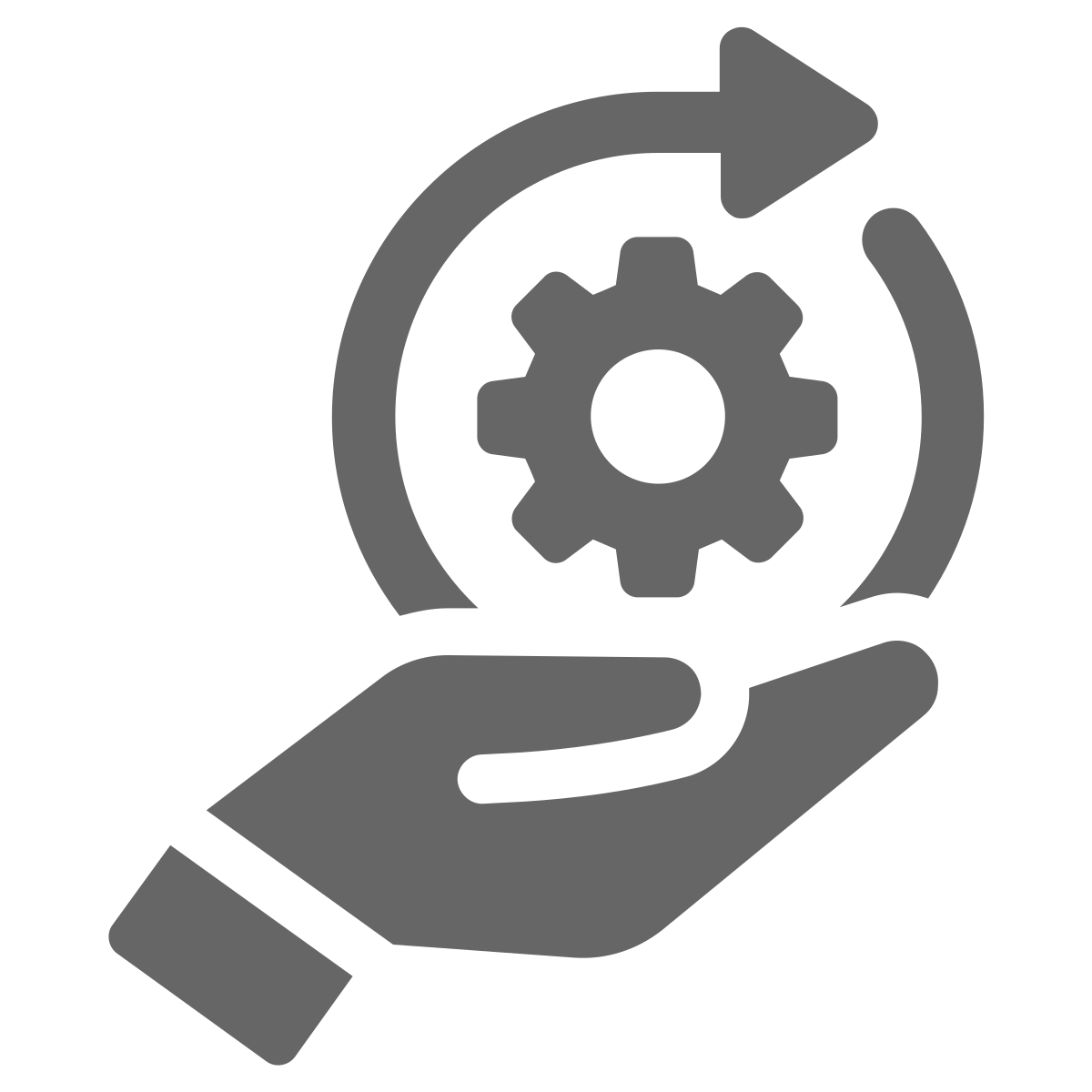Process Improvement Services
Designed to deliver the best version of your business.
What Do We Mean By Process Improvement?
Process improvement is a structured approach to creating better ways of working. It involves analysing the way things are currently done, identifying opportunities for improvement, and implementing changes to make the process more efficient, effective, and reliable.
Benefits of Process Improvement
There are many benefits you can achieve through our process improvement services, but the following are the ones that our clients are most often keen to realise:
Cost Reduction

Process improvement helps to identify and eliminate wasteful practices, saving your business money on resources, labour and time.
Increased Efficiency

Optimising your processes means your team can complete tasks more quickly and accurately, freeing up time for higher value activities.
Improved Quality

Process improvement can help to reduce errors, increase consistency and standardise procedures, leading to higher quality outputs and a better customer experience.
Faster Growth

By increasing efficiency and reducing costs, process improvement can help your business to become more scalable and grow faster.
Client Satisfaction

Improving processes can help to ensure consistency, improve communication, and ultimately enhance customer satisfaction.
Reduced Risk

Better ways of working can lead to improved compliance with regulations, stronger risk management, and a more resilient business model.
Book a Free Discovery Call With Us Today
About Our Way of Working
Why Use An Independent Process Improvement Consultant?
When it comes to improving processes within an organization, it can be difficult to see the true picture when you’re involved on a day-to-day basis. Employees may not be aware of inefficiencies or bottlenecks in their processes, and may not have the expertise or objectivity to identify and address them. This is where an independent process improvement consultant can be invaluable.
An independent consultant brings a fresh perspective and valuable expertise to the table. They are able to look at processes objectively, identify areas for improvement, and provide recommendations for how to optimise them. Additionally, consultants are able to provide valuable insights and best practices from their experience working with other organizations in similar industries.
At our consultancy, we understand that every organization is unique and what works for one company may not work for another. That’s why we work closely with our clients to understand their specific needs and goals, and tailor our approach accordingly.
Focus On Your Definition of Success
Before any work begins, it is essential to ensure that the existing issues are clearly understood and that the client has a clear definition of what a successful outcome would look like. This helps us to ensure that our recommendations align with the client’s goals and objectives.
At our consultancy, we take a thorough and methodical approach to understanding our client’s needs. We start by conducting an initial assessment to identify any pain points and areas for improvement. We then work closely with the client to understand their vision for the future and what they see as a successful outcome.
Only by understanding the client’s definition of success, we can ensure that our recommendations align with their goals and objectives and that the outcome will bring the desired results.
Understand the Current State
Once we have a clear understanding of the client’s needs and goals, the next step is to understand the current state of their processes. This is where process mapping comes in.
Process mapping involves visually representing the steps and decision points in a process in order to identify areas for improvement. It’s a powerful tool that allows us to understand how processes currently work and where the opportunities for improvement really exist.
At our consultancy, we create process maps by interviewing the people who perform the roles day-in, day-out. This ensures that we document the as-is process and not the should be way of working. Without this, it is impossible to identify where the opportunities to improve really exist.
Evidence The Issues
Once we have a clear understanding of the current state of the processes, we dive deeper to understand where issues originate from and their impact. This includes looking at metrics such as delays, unnecessary costs, and waste.
By analyzing the data and evidence, we are able to understand the root causes of the issues and identify opportunities for improvement. This helps us to prioritize which areas to focus on and develop recommendations that will have the biggest impact.
Produce Recommendations
With a clear understanding of the current state of the processes and the issues that need to be addressed, we are able to produce a set of recommendations with estimated benefits of implementing them. These recommendations are reviewed with all stakeholders to ensure that they align with the client’s goals and objectives.
At our consultancy, we take a data-driven approach to producing recommendations. We use evidence and metrics to support our recommendations and to demonstrate the potential impact of implementing them.
Implement Agreed Improvements
Once the recommendations have been agreed upon, we work closely with the client to implement the agreed changes. This includes providing guidance and support during the implementation process, as well as tracking the progress and impact of the improvements.
At our consultancy, we recognize that implementing changes can be a challenging process,
and that’s why we work closely with our clients to ensure that the implementation is as smooth and successful as possible. We understand that buy-in from all stakeholders is crucial for the success of any process improvement initiative. That’s why we involve all relevant parties in the implementation process and ensure that everyone is aware of their role and responsibilities.
We also provide training and support for employees, to help them adapt to the new processes and ensure that they are able to perform their roles effectively. This helps to increase employee engagement and buy-in, which is crucial for the long-term success of the improvements.
Once the improvements have been implemented, we continue to track their progress and impact. This includes monitoring key performance indicators (KPIs) such as delays, costs, and waste, to ensure that the improvements are having the desired impact. We also conduct follow-up assessments to identify any additional opportunities for improvement and to ensure that the processes are continuously optimized.
